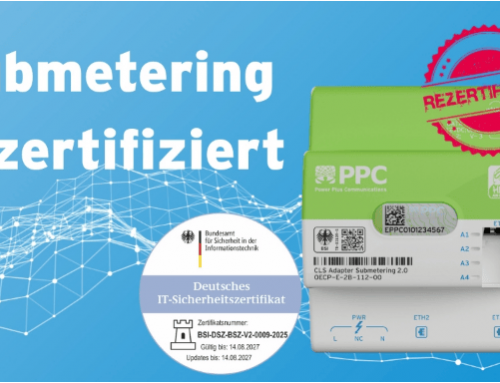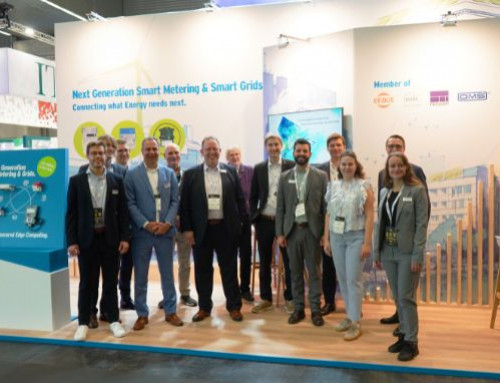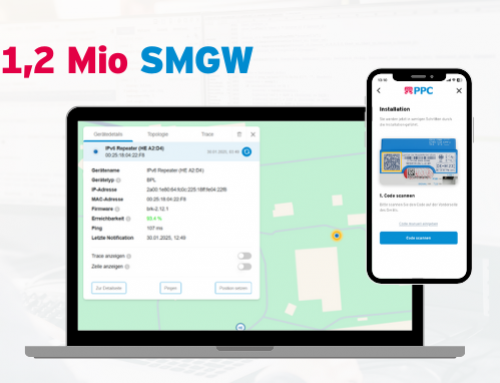The expansion of tenant electricity models continues to gain momentum throughout Germany – not only because of political will, but also due to the economic viability of the projects. The provider EINHUNDERT Energie has just announced its intention to equip 2,000 apartments in Hamburg with tenant electricity starting this year, metergrid has equipped 3,000 apartments in Berlin with 4.7 MWp, and Valenda, a metering point operator specialising in tenant electricity, is planning to install 6,000 iMSys for tenant electricity projects in the coming year alone.
The upward trend is therefore clear. With each metering concept purchased, both project planners and grid operators learn how to implement follow-up projects. At the same time, the changeover processes are becoming more standardised with simplifications such as the AHB Strom2.1 from the Federal Network Agency. The Solar Peak Act also specifies the requirements for grid-friendly integration, thus ensuring the necessary investment security for tenant and neighbourhood electricity for the coming years.
The current amendment to the MsbG also removes the requirement for mandatory bundling of services, simplifying projects that focus ‘only’ on electricity. Nevertheless, combining other services or submetering remains an interesting option for communal building supply, neighbourhood and tenant electricity. Efficient operation with bundling of all sectors – electricity, gas and heat – via the intelligent metering system has long been possible. For service concepts, the 1:n connection of meters via wMBus to a smart meter gateway is very attractive economically thanks to the MsbG amendment, as the full POG can now be drawn without the end customer having to pay significantly more.
With partners such as eBZ, PPC is continuing to drive this issue forward – in a practical manner and with a clear focus on neighbourhood solutions. The rollout of current projects shows what 1:n can deliver: a smart meter gateway receives and transmits up to 50 meters connected via wMBus. This powerful infrastructure creates the basis for efficient tenant electricity billing, cross-sector optimisation and a sustainable energy supply in urban areas. From an economic perspective, this also opens up a promising path to bringing the benefits of smart metering systems to even more end customers, particularly in the housing sector.
We are staying on track – with strong partnerships, scalable solutions and a clear focus on the future of smart metering.








